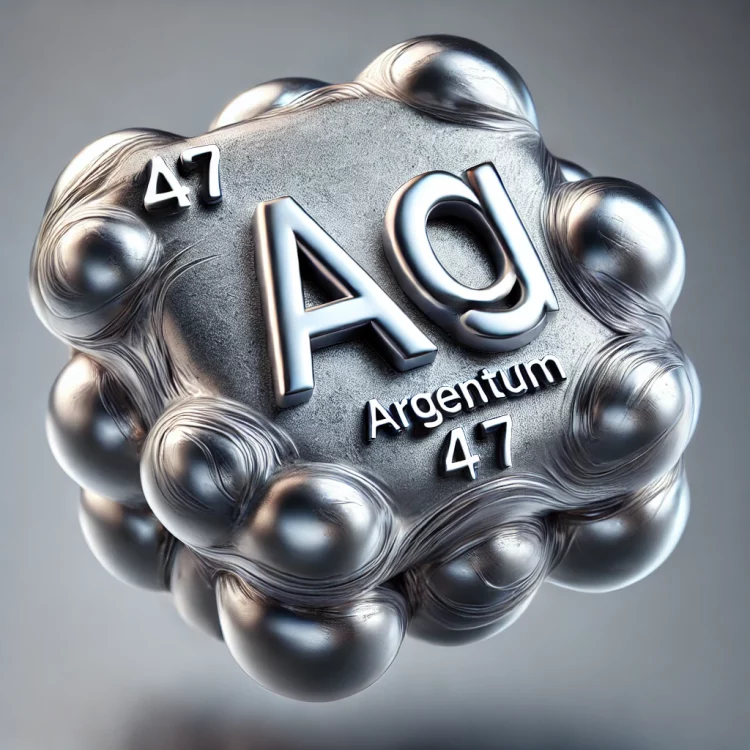For centuries, silver has been recognized for its antimicrobial properties, a natural defense against bacteria that has been utilized in various forms, from medical tools to water purification systems. But how exactly does silver work to kill bacteria, and why is it so effective?
How Silver Kills Bacteria
When silver comes into contact with bacteria, it undergoes a transformation, converting into silver ions. These ions are the active agents that deliver silver’s antimicrobial punch. They attack bacteria in multiple ways:
1. Attaching to Cell Walls: Silver ions attach themselves to the cell walls of bacteria. This attachment disrupts the bacteria’s ability to transport essential nutrients and other materials across their cell membranes. By hindering this crucial function, silver effectively starves the bacteria, leading to their death.
2. Inhibiting Respiration: Another method by which silver ions combat bacteria is by interfering with their respiration process. Respiration in bacteria is vital for energy production, and when silver ions inhibit this process, the bacteria are unable to generate the energy they need to survive, ultimately leading to their demise.
3. Preventing Reproduction: Silver ions have also been found to bind with bacterial DNA, preventing essential functions such as reproduction. Without the ability to reproduce, bacterial populations are unable to grow and spread, making silver a powerful tool in controlling bacterial infections.
Why Bacteria Can’t Develop Resistance to Silver
One of the significant advantages of using silver as an antimicrobial agent is that bacteria cannot develop resistance to it, unlike with antibiotics. Antibiotics typically target specific pathways or proteins in bacteria, and over time, bacteria can mutate to evade these attacks. Silver, however, attacks bacteria in multiple ways, making it incredibly difficult for them to adapt and survive.
The Future of Silver Nanomaterials
Advancements in technology have led to the development of silver nanomaterials, which are even more efficient in their antimicrobial properties. These nanomaterials have a higher surface area, allowing for more effective interaction with bacterial cells. As a result, they enhance the already potent effects of silver, making it an even more powerful tool in fighting bacterial infections.
Conclusion
Silver’s ability to kill bacteria through multiple mechanisms makes it a unique and effective antimicrobial agent. Its use has spanned centuries, and with the development of silver nanomaterials, its efficacy is only improving. In a world where antibiotic resistance is becoming a significant concern, silver offers a promising alternative that bacteria simply cannot outsmart.

